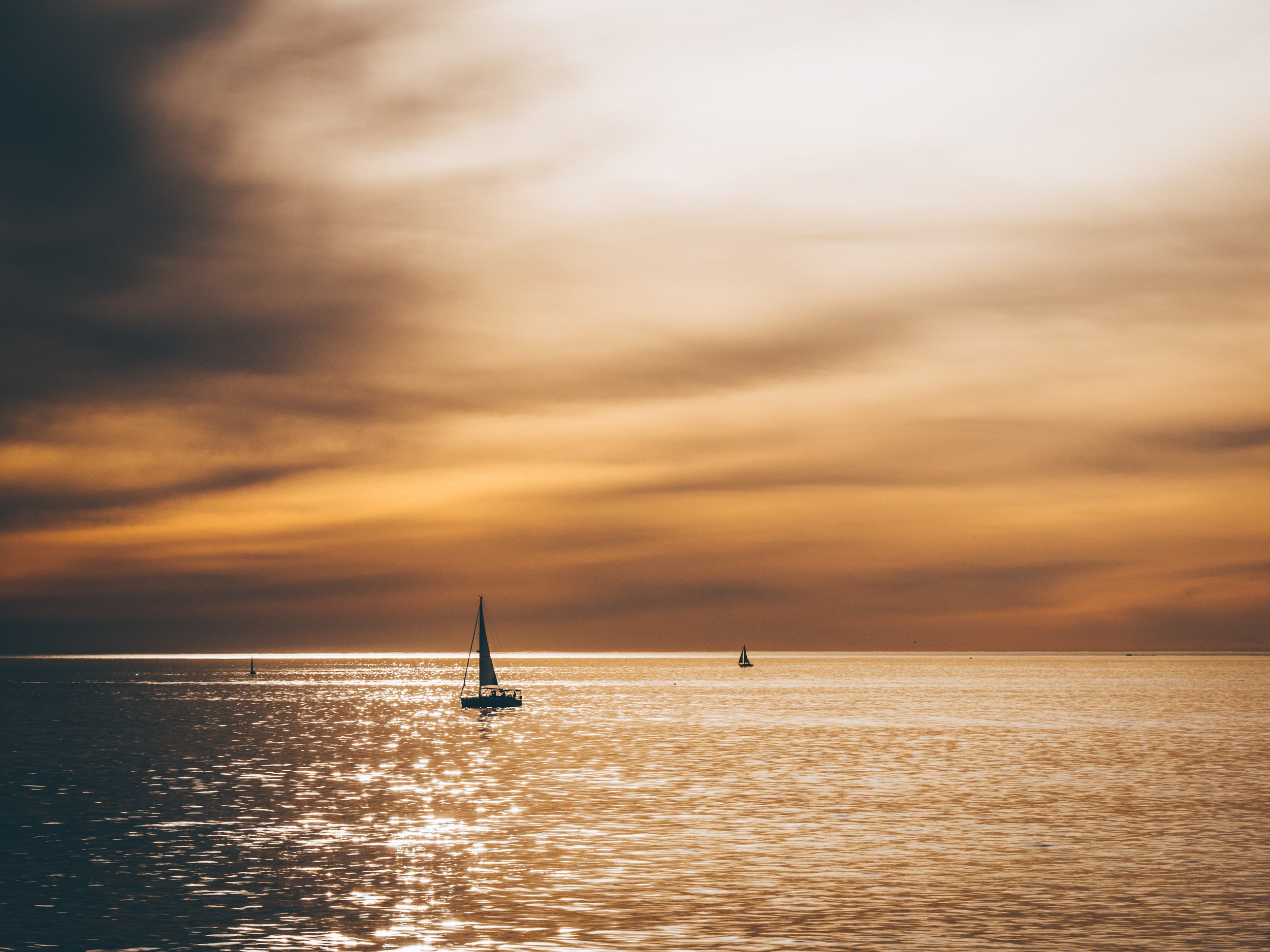Marine Heatwaves Return Over Summer Break
After a short, month-long break, marine heatwaves are reappearing along the Aotearoa New Zealand coast.
Since the Moana Project began forecasting marine heatwaves in December 2020, there has always been a marine heatwave somewhere along Aotearoa New Zealand’s coast. This past December, we finally found some relief, when ocean temperatures returned to normal compared to what we expect during summertime.
However, marine heatwaves have returned – at least to the North Island. A severe marine heatwave is impacting the Wairarapa coast, from Gisborne to Wellington, while moderate above-average sea surface temperatures can be found throughout the rest of the North Island. Sea surface temperatures along the South Island coast are expected to remain normal for this time of the year, aside from some limited regions near Karamea and Marlborough Sounds, where the forecast predicts moderate marine heatwave conditions.
Dr. Rob Smith from the University of Otago explains, “The sea surface temperature anomaly pattern we’re currently seeing is consistent with what you might see during an El Niño period.”
This week, sea surface temperatures are expected to be as much as 3oC warmer than average in the Wairarapa region. According to University of Otago PhD candidate, Felix Cook, temperature measurements from the Moana Project's Mangōpare Sensor Program show that unusually high temperatures off the Gisborne coast have been confined to the upper 20 m of the ocean over the last few days, while deeper waters are staying within the expected range.
While great for swimmers and surfers looking to enjoy the water, marine heatwaves of this strength can impact the health of crayfish, pāua, and other important species, especially if they last for weeks or months. If you’d like to keep an eye on our sea temperature this summer, updated forecasts for your region are available at https://www.moanaproject.org/marine-heatwave-forecast.
Dr Julie Jakoboski


